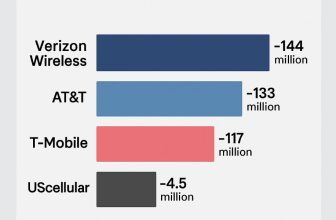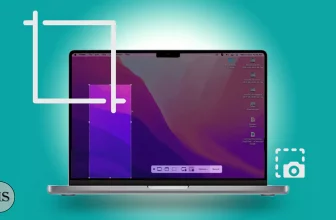
When Apple launched the new iPhone 17 lineup, many were surprised to see that the 128GB storage option is gone. Instead, the base model now starts at 256GB, which marks a major shift from previous years. Apple’s move has sparked debates—was it about user experience, pricing, or pushing higher-end models? Let’s break down the real reasons behind this decision.
The Real Reason Apple Dropped 128GB from the iPhone 17 Lineup
1. Larger File Sizes Demand More Storage
- Photos and videos have become significantly larger due to high-resolution sensors, 4K video, and ProRAW formats.
- Many users were quickly filling up 128GB models, especially when shooting ProRes video or spatial videos.
- Starting at 256GB gives users more breathing room and reduces storage complaints.
2. Strategic Pricing and Upselling
- Removing 128GB raises the starting price, boosting Apple’s revenue per device.
- It pushes users toward higher-tier models and higher storage upgrades, which have large profit margins.
- This aligns with Apple’s strategy of positioning iPhones as premium devices.
3. Performance Requirements
- Higher storage tiers often come with faster read/write speeds (NAND performance).
- For advanced features like Pro camera modes, 3D video, or AI-driven tasks, faster storage is crucial.
- By eliminating 128GB, Apple ensures consistent performance standards on all iPhone 17 models.
4. Future-Proofing for Software and AI Features
- iOS and app sizes keep increasing every year, using more local storage for on-device AI features.
- Apple is preparing the iPhone 17 for future updates and heavier storage demands.
- Offering only 256GB and above ensures phones stay relevant and usable for longer.
Conclusion
Apple’s decision to remove the 128GB iPhone 17 may seem frustrating at first, but it’s rooted in performance, future-proofing, and profit strategy. For users, it means higher upfront costs but also more usable space, faster performance, and fewer storage headaches over time.






